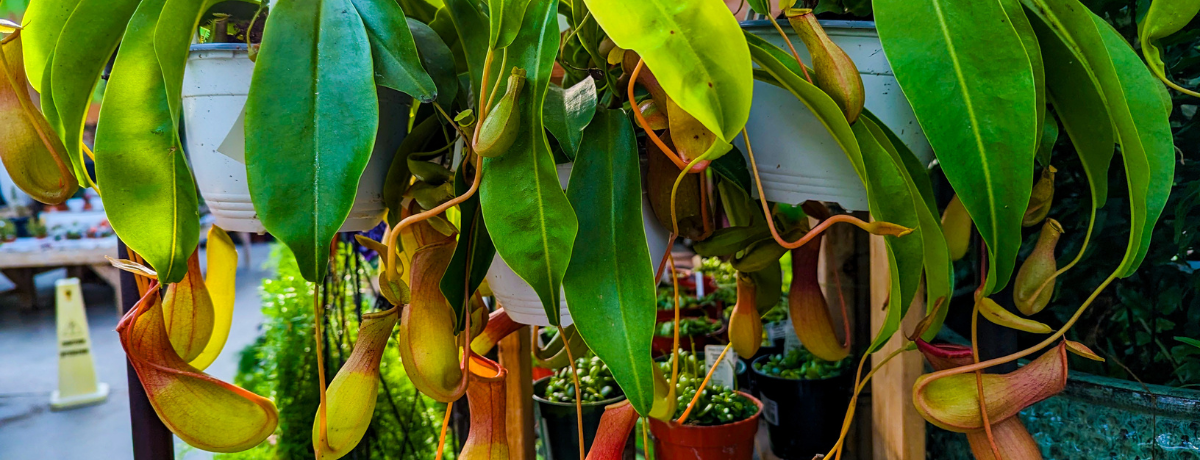
Carnivorous Plants 101
The Beginner’s Guide to Caring for Carnivorous Houseplants
Title

What Are Carnivorous Plants?
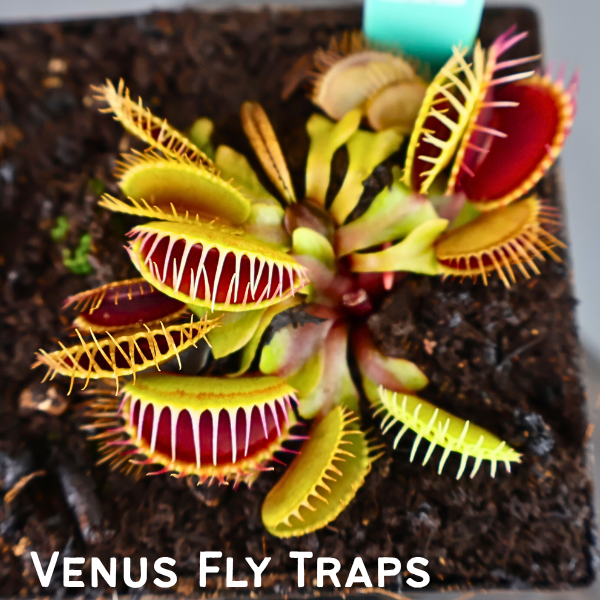
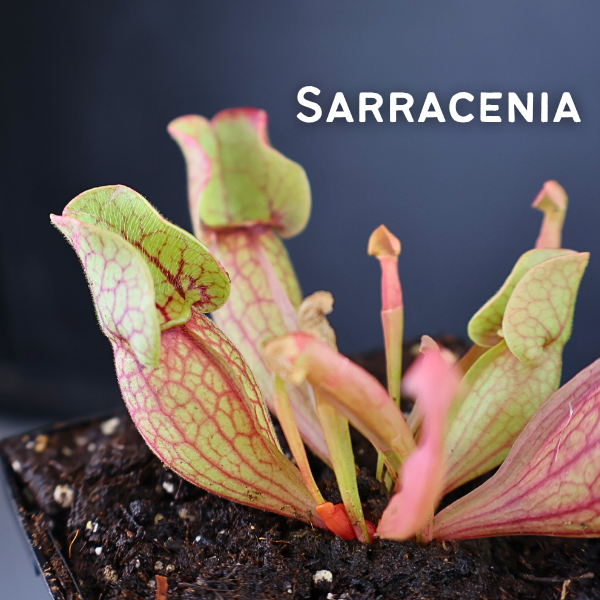
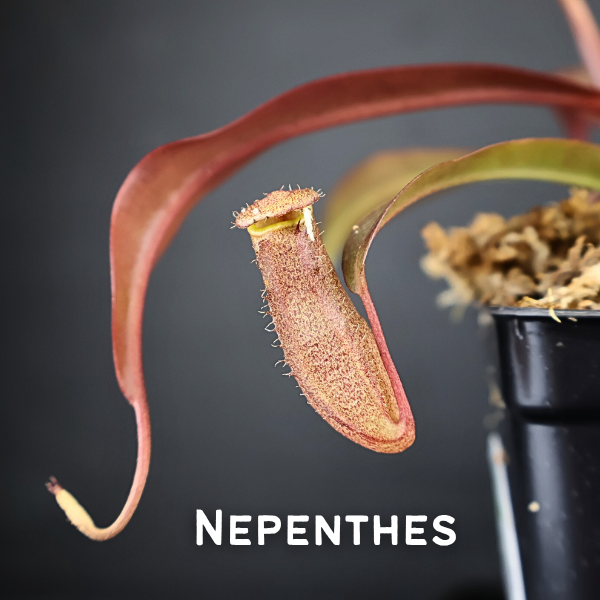
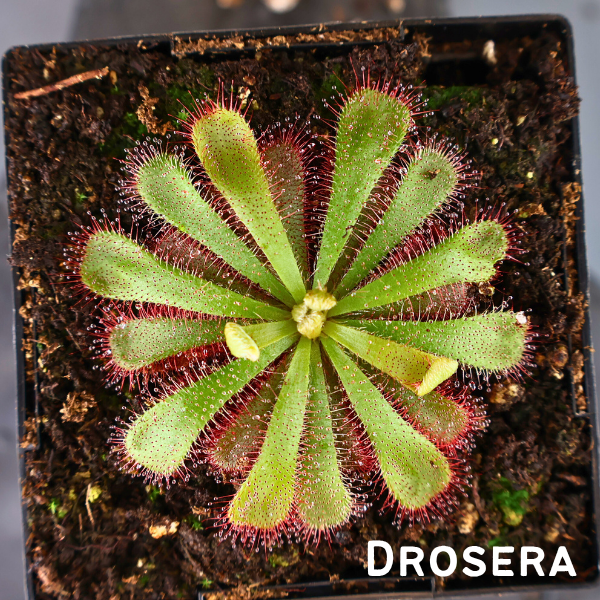
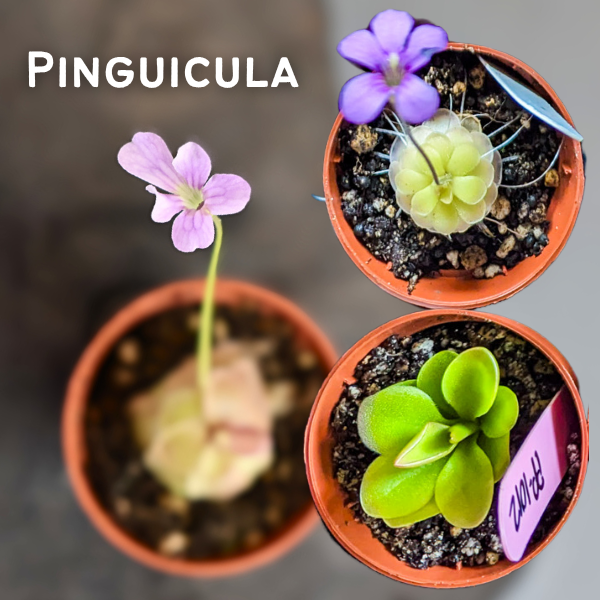
Title
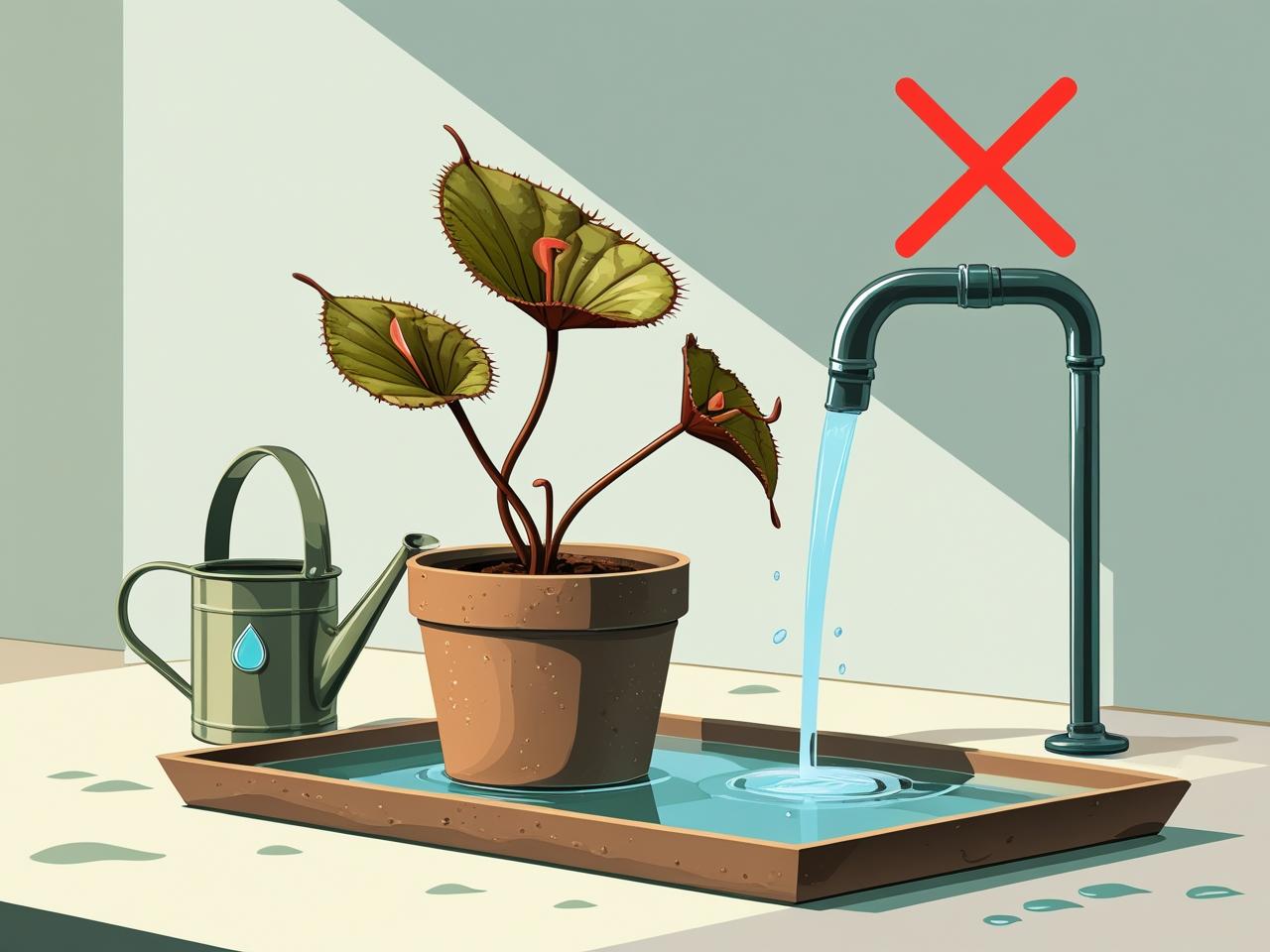
Watering: The #1 Key to Their Health
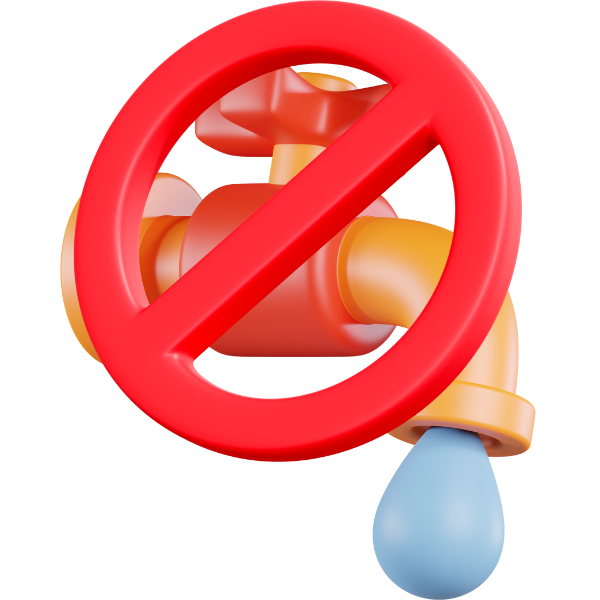
Title
Title

Title

Title
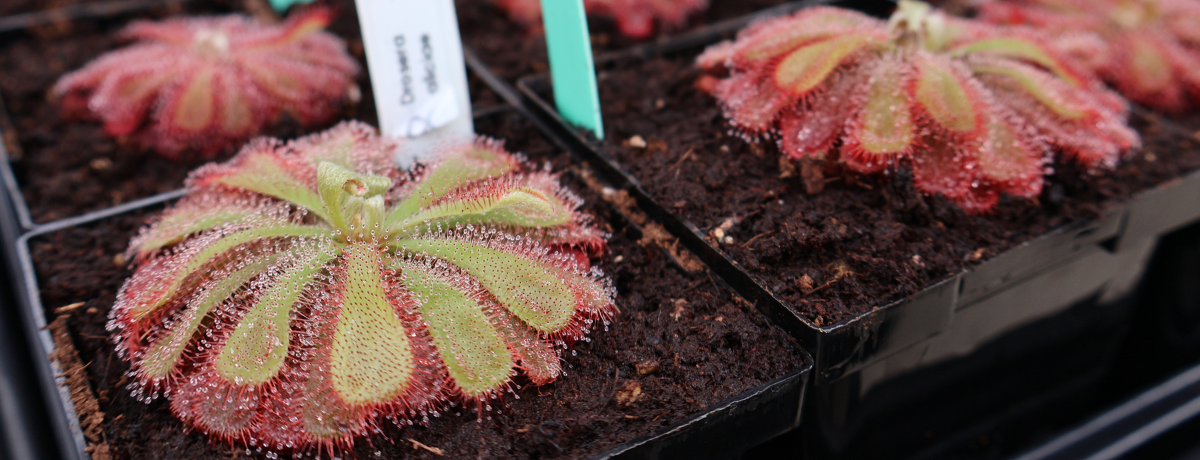
Lighting: Helping Them Soak Up the Sun
Title
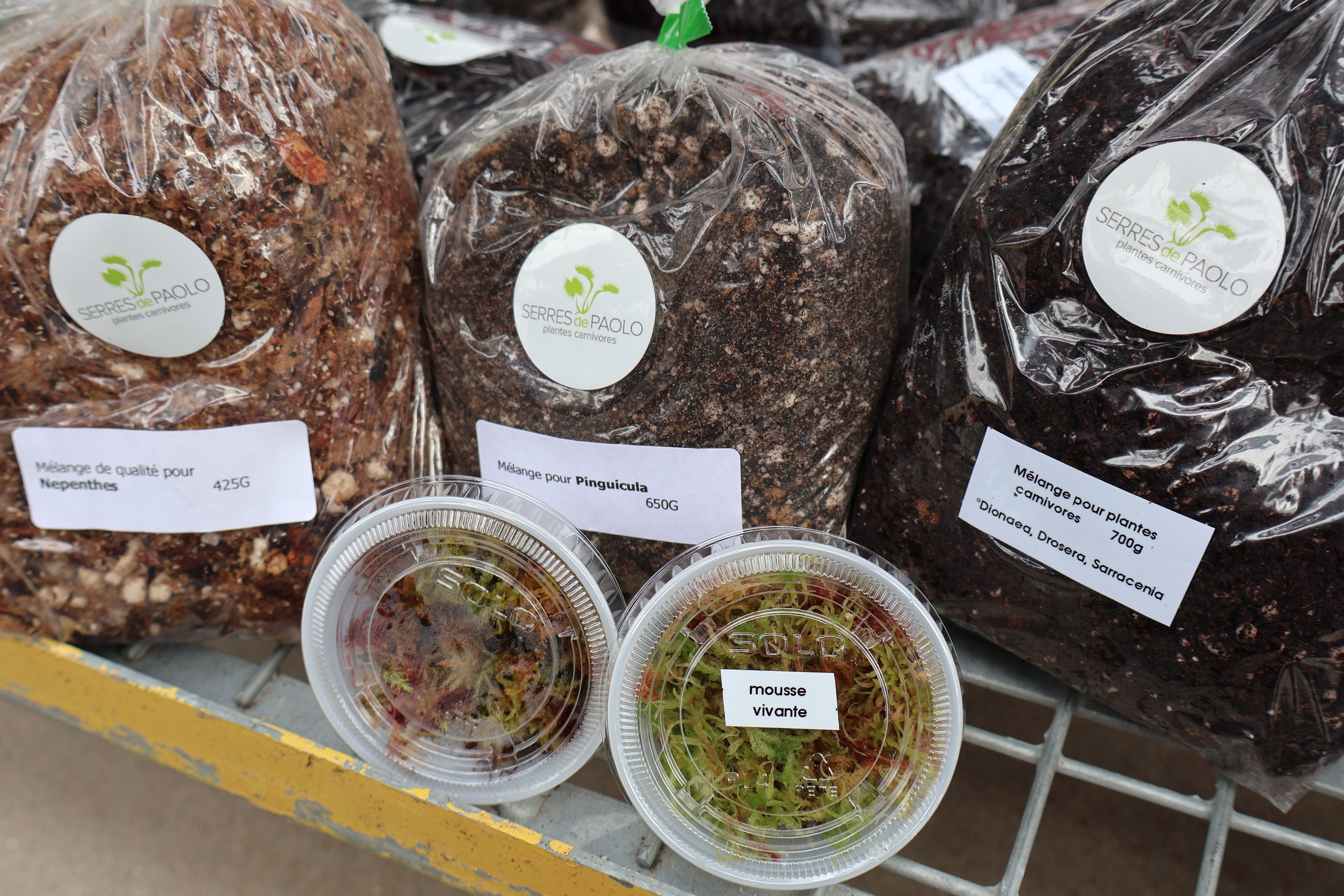
The Right Growing Medium:
No Regular Potting Soil Allowed
Title
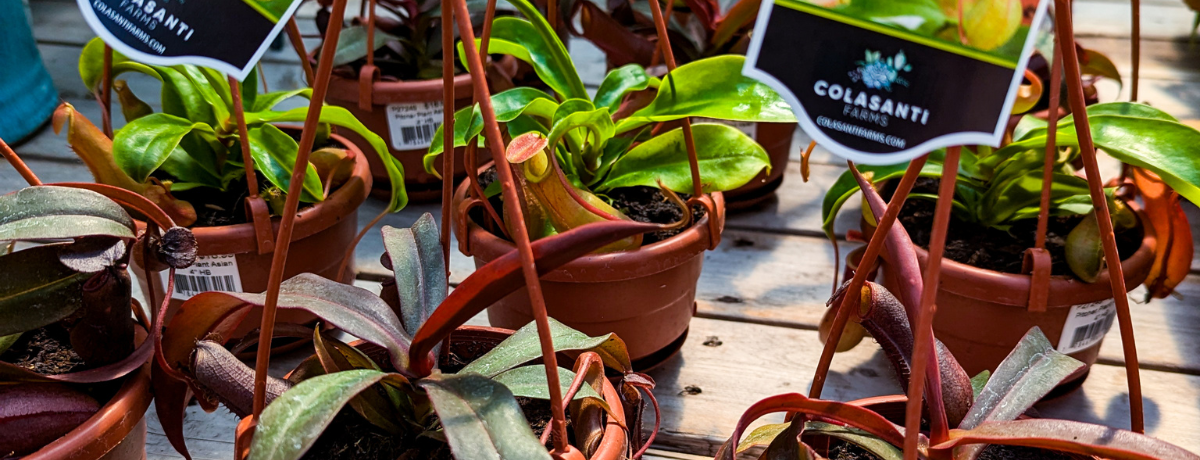
When & How to Repot: Refreshing Your Plant’s Home
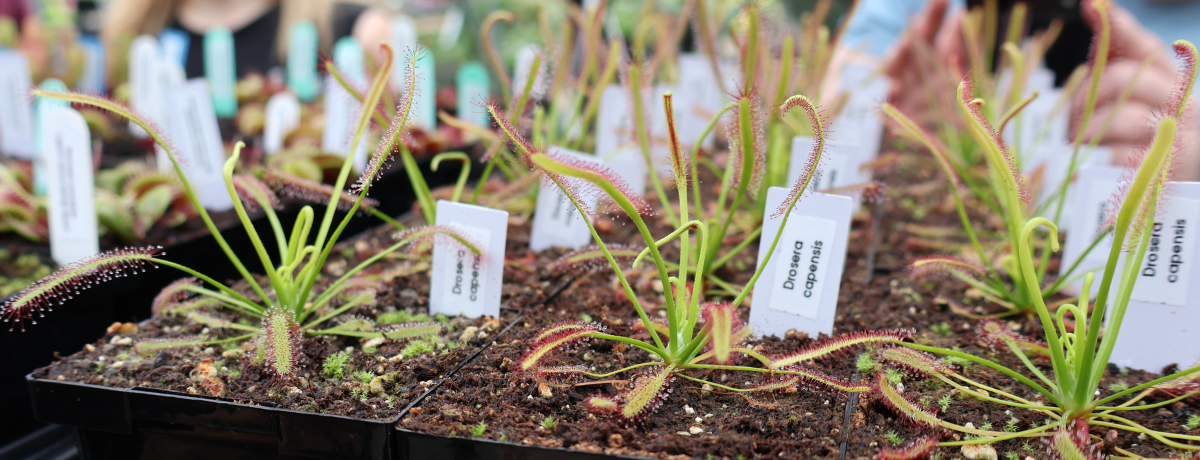
Understanding Dormancy: Letting Them Rest for Winter
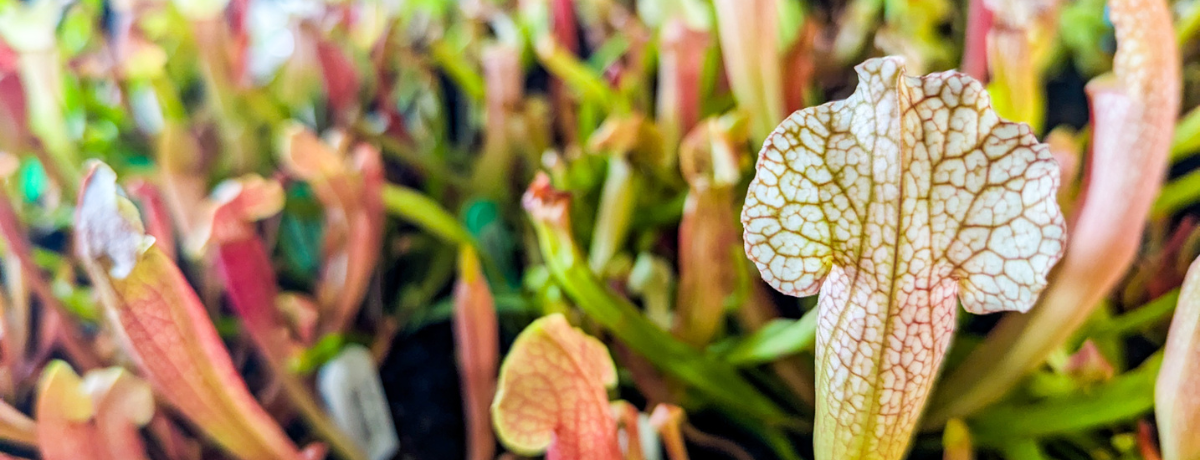
What NOT to Do: Common Mistakes to Avoid
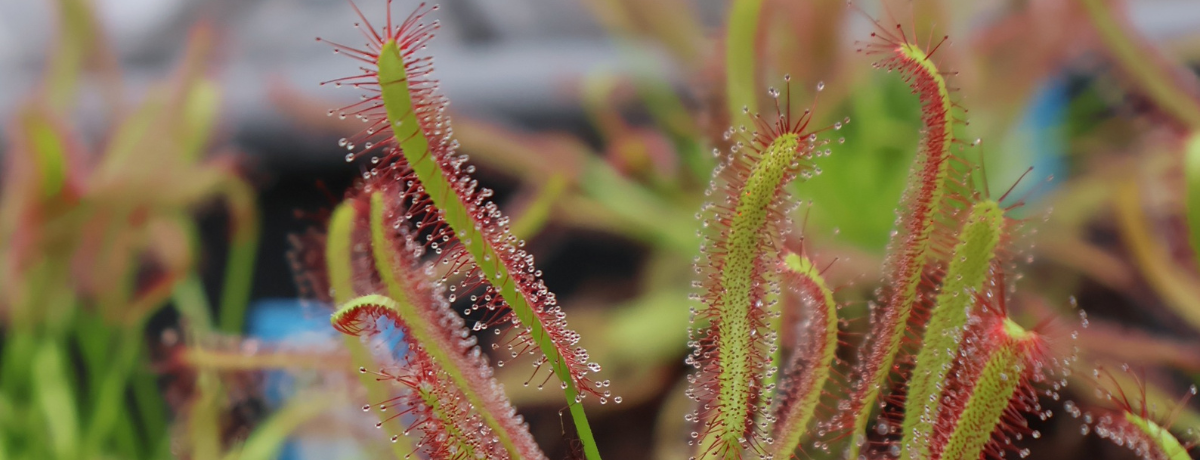
Pro Tips to Help You Succeed
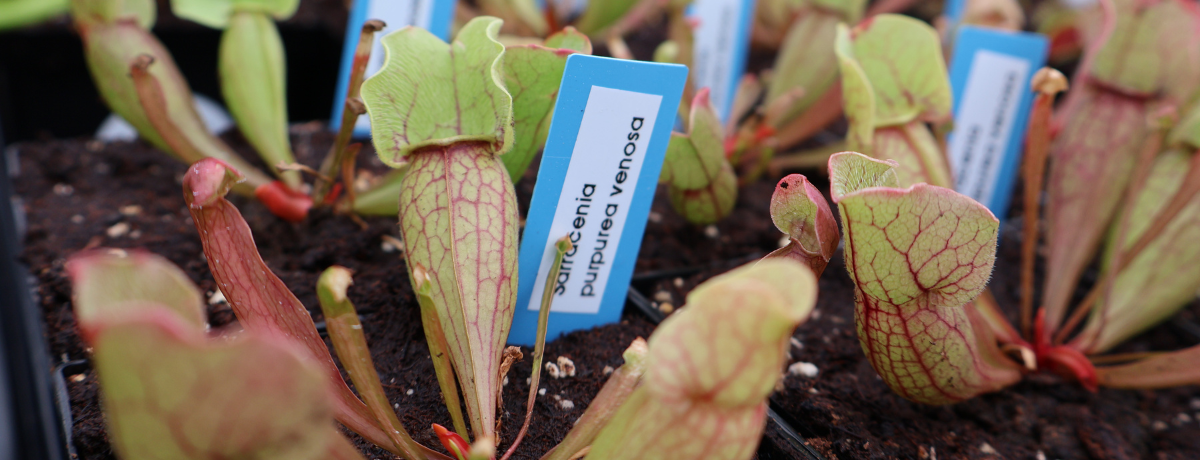
You’ve Got This — And We’ve Got You
Subscribe
Articles for you
Related Products




